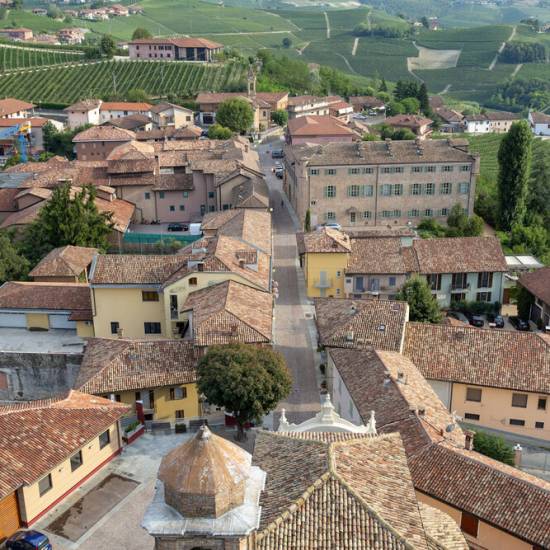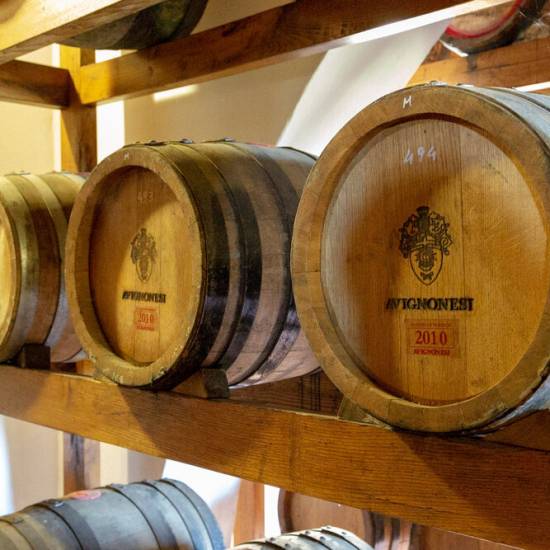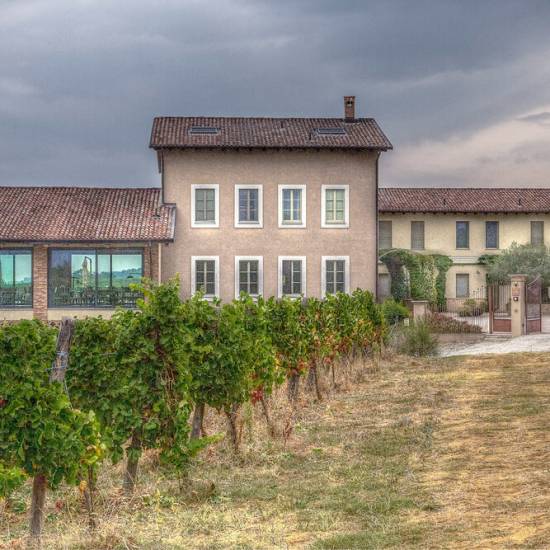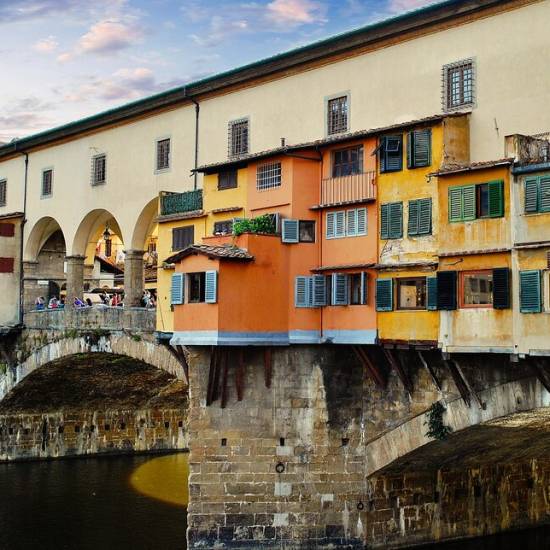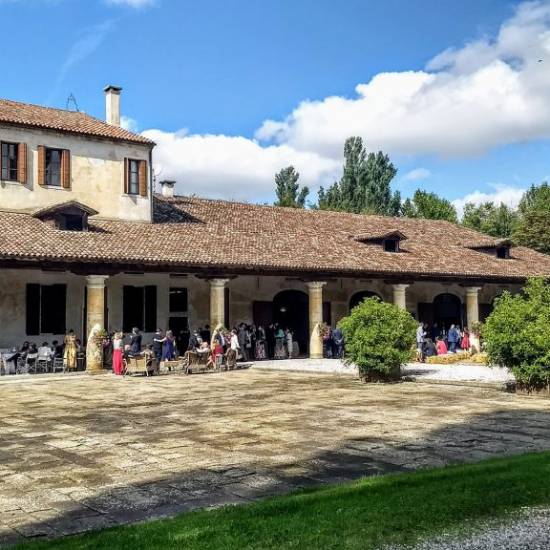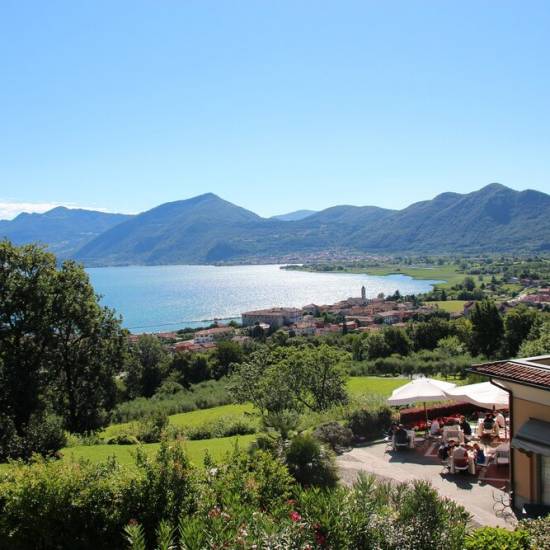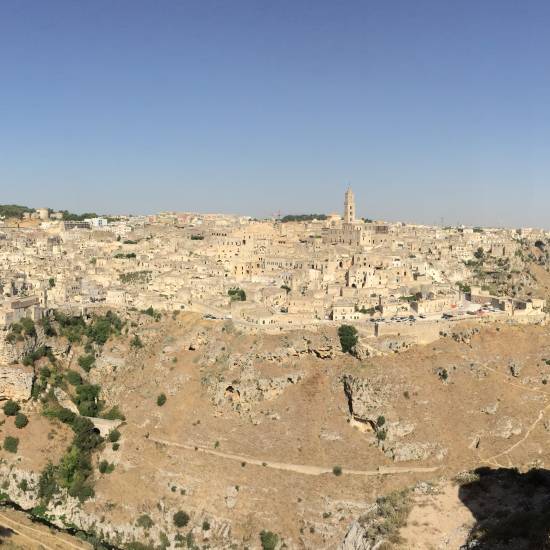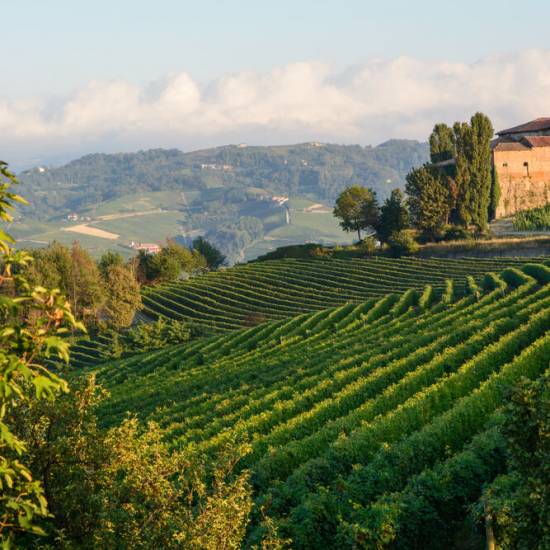Walking in the Footsteps of the Ancients: The Via Appia and Apulia’s Greek Soul
The Road to Greece Begins in Rome
The Via Appia was inaugurated in 312 BCE under the consul Appius Claudius Caecus. It originally linked Rome to Capua, but was later extended southeast across the Italian peninsula, through Benevento and Taranto, ending at Brindisi. This final stop was no coincidence: Brindisi was the main embarkation point for voyages to Greece and the Eastern Mediterranean. From there, ships carried goods, soldiers, and diplomats to Athens, Corinth, and beyond. Brindisi became Rome’s eastern gate, and Apulia—its doorstep.
Apulia: A Crossroads of Civilizations
Even before the Romans paved their famed road, Apulia had long been a cultural bridge between Italy and Greece. In fact, during the 8th century BCE, Greek settlers had already founded colonies along Apulia’s coast, such as Taras (modern Taranto), which became one of the most powerful cities of Magna Graecia. These settlers brought with them architecture, language, art, and myths that would become deeply embedded in the fabric of Apulian life.
The Roman extension of the Via Appia into Brindisi was a continuation of this link—a physical and symbolic tether between two civilizations that admired, influenced, and at times competed with one another.
Brindisi: The Eastern Portal
Brindisi’s deep natural harbor made it ideal for Roman expansion and Greek commerce alike. The city flourished as a port of call for legions heading to the eastern provinces and as a hub for the exchange of goods and ideas. To walk along Brindisi’s waterfront today is to trace the same stone steps that carried Roman generals and Greek philosophers alike.
Two ancient Roman columns still rise at the harbor’s edge, traditionally considered the terminus of the Via Appia. Though one has fallen, the remaining column stands as a lone sentinel of that enduring legacy—a monument not just to Roman engineering but to Apulia’s role as a cultural conduit.
The Greek Legacy in Apulia
Today, echoes of Greece still reverberate across Apulia. From the Doric columns in Taranto’s old town to the Greek dialects spoken in some Salento villages (like Griko), the region retains a Hellenic soul. Even Apulian cuisine carries the stamp of Greek influence—olive oil, wild herbs, cheeses, and fresh seafood are central, just as they were in ancient Greek banquets.
In many ways, the Via Appia is more than a road—it’s a metaphor. It reminds us that Apulia was never merely a provincial outpost. It was, and remains, a vibrant meeting point of east and west, where stories, styles, and civilizations have blended for millennia.

